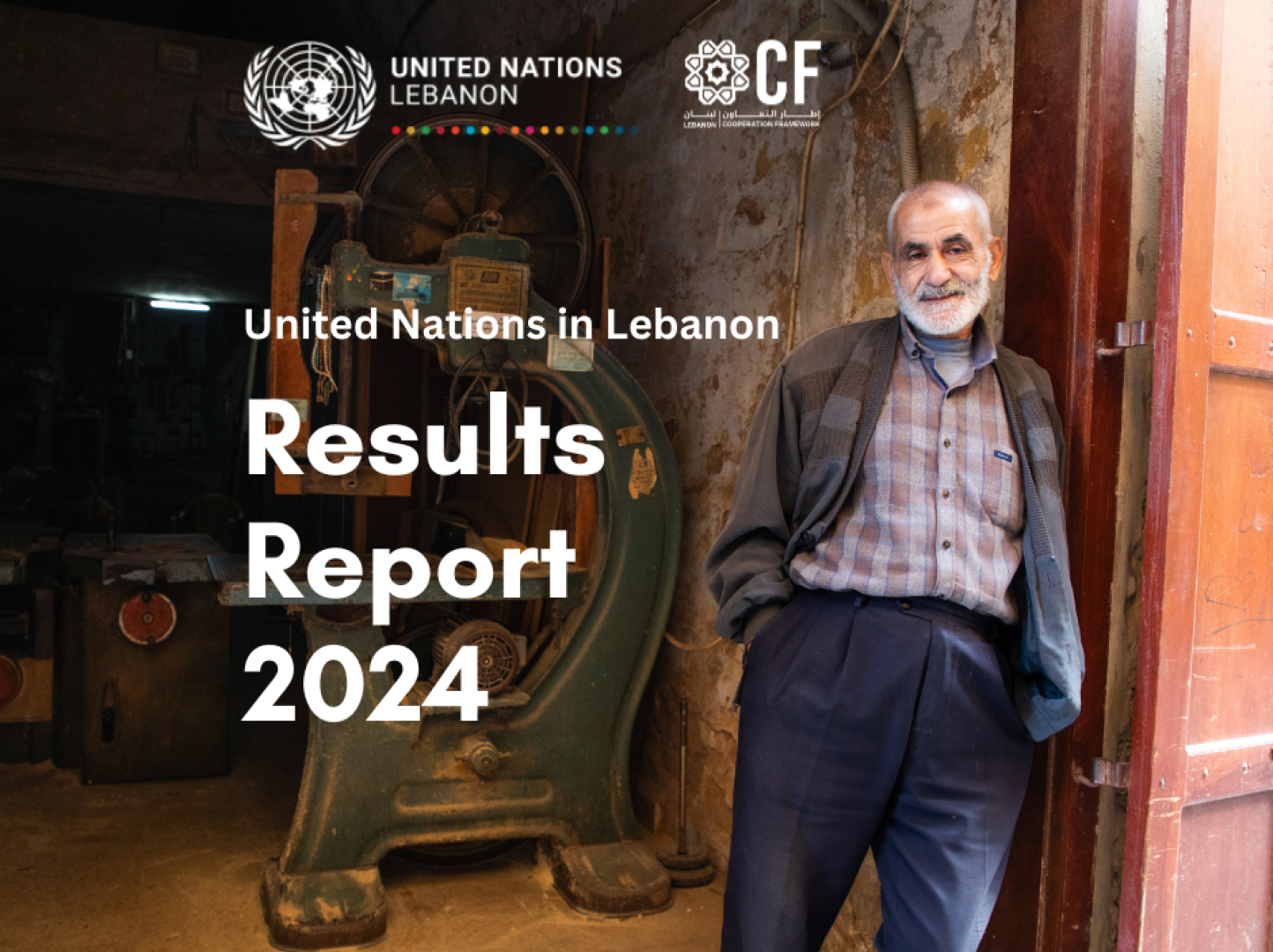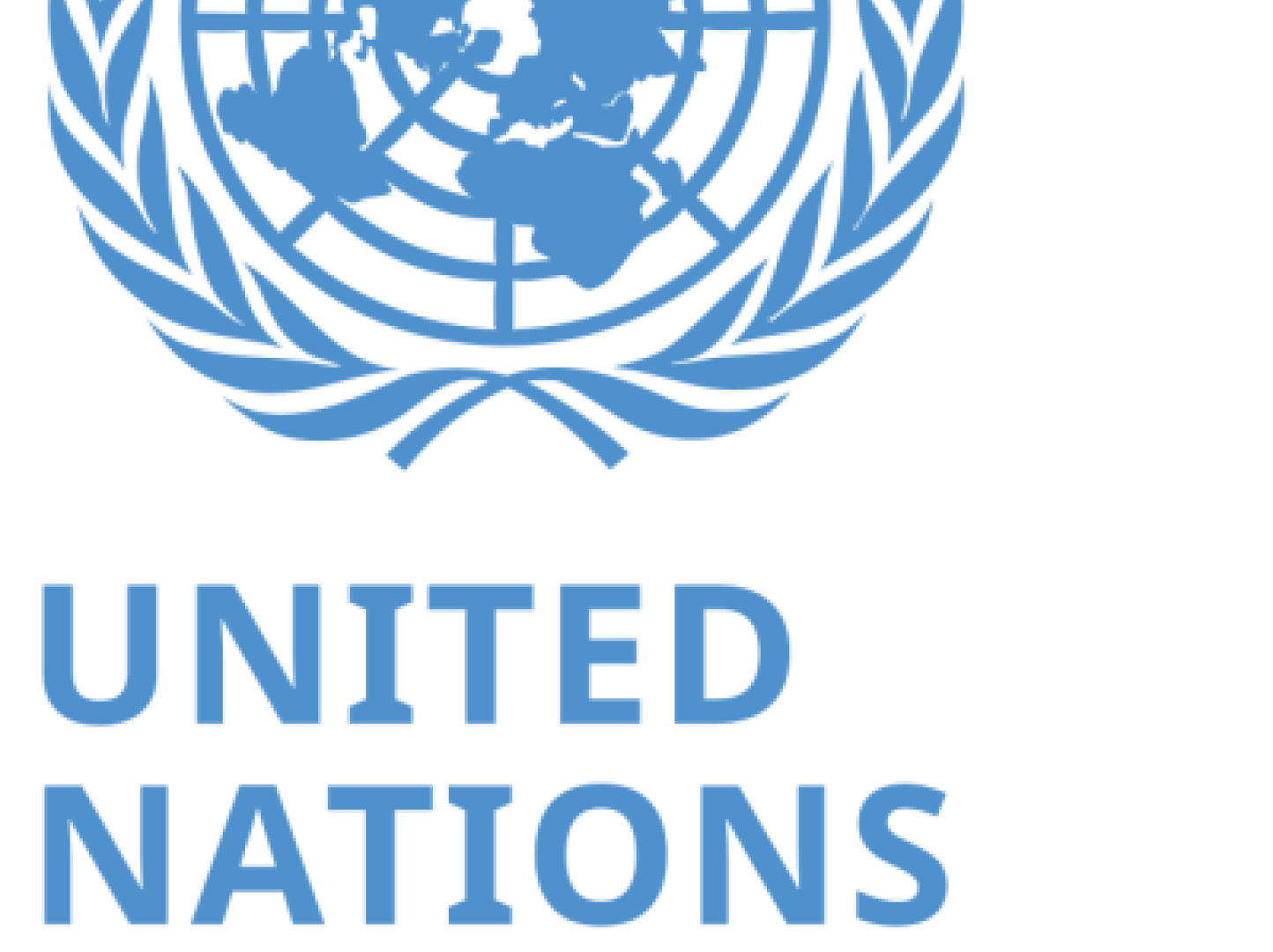Lebanon Emergency Response Plan 2023
Lebanon is experiencing a constantly evolving multi-layered crisis which is exacerbating long-term structural vulnerabilities, reversing previously made development gains, and leading to acute and increasingly visible humanitarian needs among the most vulnerable populations.
Since 2019, the country has been going through a complex economic and financial crisis, further deepened by a political deadlock, a steady deterioration of social stability and systems, and additional internal and external shocks. The massive 2020 Beirut port explosions, the summer 2021 fuel crisis and the most recent cholera outbreak in the country highlighted the deeply rooted unfolding crisis as well as multiplied the needs. Global and regional developments, including the COVID-19 outbreak and more recently the impact of the Ukraine crisis and global economic deterioration, further impacted on the situation. Lebanon also continues to manage the spill-over from the Syrian crisis and hosts the largest number of refugees per-capita in the world.
The capacity of the country to cope with all these overlapping shocks is expected to continue decreasing in the absence of the implementation of comprehensive long-term development plans and structural reforms. In July 2022, the country was downgraded to a lower middle-income country for the first time in 25 years. The crisis has been characterized by a near collapse of the banking sector and a brutal contraction of the Gross Domestic Product (GDP) which has decreased from US$ 55 billion in 2018 to US$ 21.3 billion as projected for 2022.
The unwavering economic and financial crisis Lebanon has faced since 2019, has severely impacted all the facets of the society and pushed a large group among the population into crisis conditions. Inflation and depreciation of the LBP has significantly affected the income and purchasing power of workers and employees and their capacity to meet basic needs is further eroded by increasing prices of basic goods. As of February 2023, annual inflation reached 190 per cent. The cost of the food Survival Minimum Expenditure Basket (SMEB) per person in February 2023 in LBP increased by 48 per cent from January 2023. Food inflation since October 2019 has increased by 11,300 per cent and by 4,400 per cent the energy inflation.
The overlapping crises have also severely impacted availability and affordability of basic services such as healthcare, education, safe clean drinking water and sanitation services. Public services which were already struggling prior to the economic crisis are now reaching emergency thresholds and on the brink of collapse. While a large range of services including energy, education, water and healthcare have been traditionally provided by the private sector in Lebanon, the fallout of the economy has driven a large group of the population, notably from the middle-class, towards cheaper public options. However, due to neglect, mismanagement and years of under-investment, public services are not able to meet the full scale of needs. Options for private services have reduced and remain prohibitive for most.
Health care system has been significantly affected. Increasing costs for the import of medications and medical supplies coupled with the unavailability of critical medicines, as well as maintenance of all health facilities, contributed to skyrocketing patients’ costs for hospitalization and treatment. Skilled human resources also declined considerably as health personnel emigrated in search of better employment opportunities. Hospitals cut down their bed capacity by 50 per cent, leading to an overall insufficient number of functional hospital beds per population. While the risk of disease outbreak such as cholera and measles increases, due to poor sanitation systems, lower immunization and rising poverty, the system is increasingly unable to cope with new shocks.
The crisis has also severely impacted the education sector, compromising the wellbeing of school aged children in Lebanon. Many among the most vulnerable are being deprived of their right to education and at higher risk of exploitation and abuse. More than 10 per cent of the 1.2 million Lebanese children do not currently access education, mainly due to economic vulnerabilities. Teacher strikes, linked to their low salaries and the high costs of fuel and transportation, have largely contributed to the disruption of learning for a third scholastic year. Even when schools function, lack of transport and safety issues are often reported as barriers to accessing school especially for girls.
An increasingly high number of individuals are facing dramatic challenges with accessing safe and sufficient quantities of water for drinking and domestic use. The recent cholera outbreak in Lebanon has further highlighted that the water infrastructure in the country is on the verge of almost total collapse. The country is also facing a sanitation crisis. Most wastewater treatment plants are no longer functioning due to electricity cuts and unaffordability of fuel to run the back-up power generator.
There are several drivers of protection risks across community groups in Lebanon many pre-dating the current socio-economic crisis. Households are increasingly relying on negative coping mechanisms, further driving their exposure and susceptibility to the damaging effects of shocks and incidents of violence, deliberate deprivation, and coercion. The deteriorating economic conditions in the country, unemployment and poverty are expected to further impact the child protection needs in the most severely affected areas. As a result of the ongoing crisis, negative coping mechanisms, such as child labour, child marriage and different forms of violence and abuse lead to an overall increase of child protection needs, particularly among the most vulnerable and marginalized population groups. GBV is affecting all population groups while women and girls remain more affected due to entrenched gender inequalities. Contributing factors to the increase in GBV are the financial situation and unemployment, drug abuse and unavailability of public basic services.
In addition, economic collapse, high inflation and rising fuel prices further exacerbated by the war in Ukraine, have severely impacted the electricity supply in the country. Private generators have become the main suppliers of electricity in the country for institutions, private sector, and the general public. The increasing global fuel prices led to a sharp increase in the cost of running and maintaining generators, making them unaffordable for most residents of Lebanon while severely hampering economic activity and driving the costs of services up. Without electricity, households are unable to keep food refrigerated and safe and houses warm in winter, ultimately affecting their health and wellbeing. Children are unable to study after dark and there are safety concerns for women and girls at night. In addition, the livelihoods of many households are affected where jobs are dependent on electricity.
Moreover, the crisis is affecting the social fabric and disturbing community relationships. Political instability and eroding governance are driving crimes and dramatically worsening perceptions of physical safety and security, nationwide, also shrinking the operational space for aid actors. Communal relations are deteriorating at all levels and are increasingly leading to incidents, rhetoric escalations and violence.
In January 2023, it is estimated that a total of 3.9 million people need some form of humanitarian assistance in Lebanon. This figure includes 2.1 million vulnerable Lebanese, 1.5 million Syrians refugees, 81,500 migrants living in Lebanon, and the 211,400 Palestine refugees in Lebanon and from Syria (PRL and PRS). While there are some variations among the population, notably in terms of protection risks, overall the severity and magnitude of humanitarian needs is primarily driven by people’s inability to meet their basic needs and access basic services. This is compounded by harmful coping strategies, which result in heightened protection risks.














